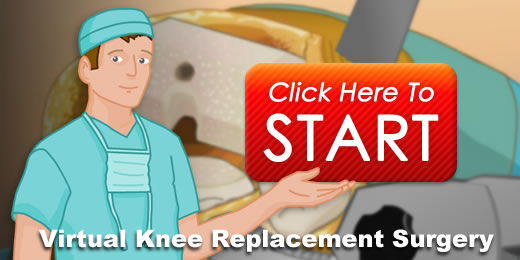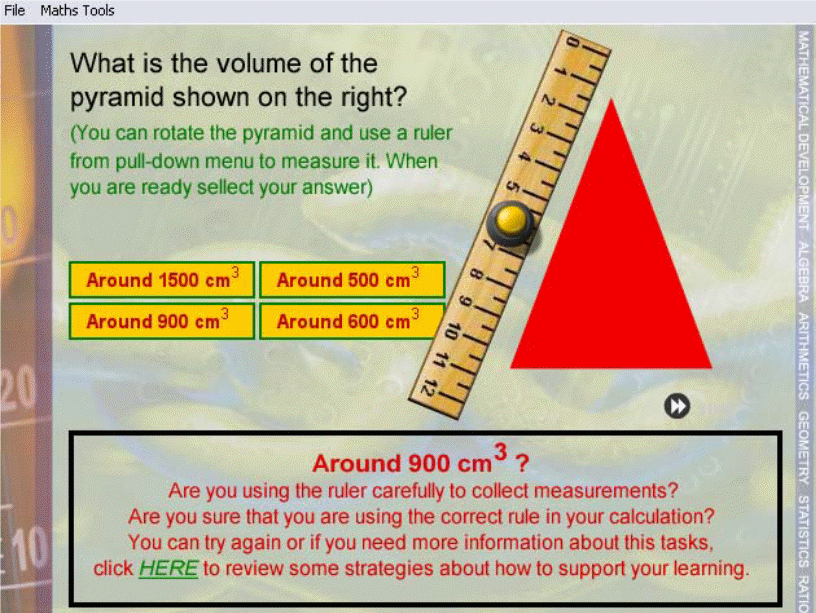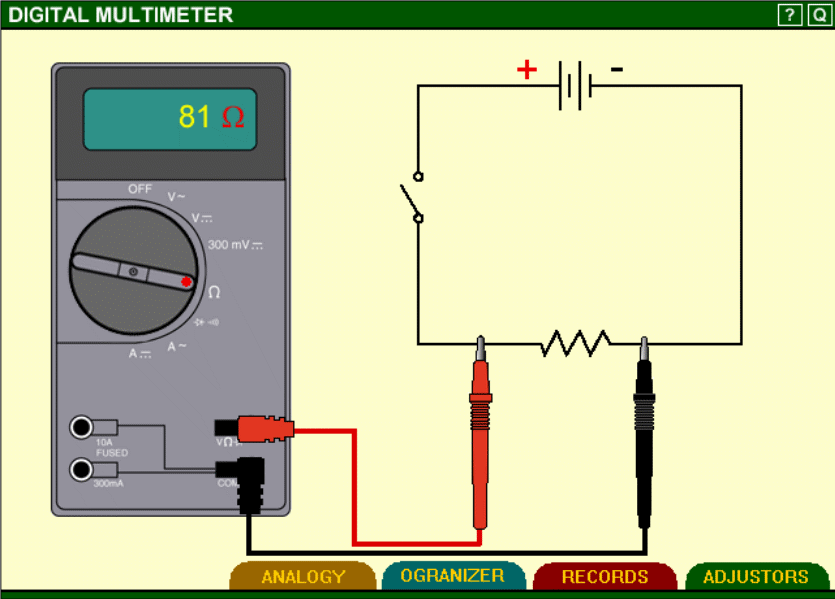Web 2.0
In the past ten years Web 2.0 was described from diverse viewpoints and by diverse scholars (Berger, 2010; Chai, 2011). Even the descriptions of Web 2.0 components are exceedingly arguable; however, such definitions do include each other since Web 2.0 is defined as the social application of the website which enables users to team up, to get dynamically concerned in generating material, with a view of promoting understanding and distributing information electronically.
A Web 2.0 platform is perceived to have a rising task of transforming learning and instructing (Buerkett, 2011). Particular components and products contributing to the success of Web 2.0 in schooling comprise blogs, face book, wikis, social bookmarking and media-distributing.
The growth of Web 2.0 over the years has changed the means in which the online content is applied by most people. Now the online content is no longer a one-side teaching platform where the students download information and related materials generated by a comparatively small number of Web 2.0 users. Instead, the Web 2.0 is therefore perceived to be organized along considerably diverse attributes than the cyberspace-age internet of the late 1990s.
This sense of website utilization now being a contributory and joint action is replicated in the language utilized in describing social media platforms. This application utilization is frequently defined based on alliance, innovation and friendliness. Social media sites are perceived to be transparent rather than closed. A social platform user goes online with a view of sharing and rating information. The perspectives in which the online platform is expected in 2012 is undoubtedly different to that of 5 years before-thus the emerging of the brand Web 2.0 (Chai, 2011).
Amidst such pedagogical improvements, various learning facilities (and teachers) now find themselves anticipated to remain relevant as far as Web 2.0 components and Web 2.0 users are concerned. Certainly, allegations of a digital divide between learning and the rest of community can be linked to the emergence of radio and video during the early years of the 20th century. In fact, as with majority of such early trends of emerging technology, Web 2.0 remains a field of substantial anticipation, amplification and exaggeration. It is critical, therefore, that the instructors are capable of approaching Web 2.0 in an objective and measured way (Buerkett, 2011).
There is need to view Web 2.0 applications from an educational viewpoint, in order that learners can turn out to be electronically confident and prepared for the setbacks of the digital culture. Therefore, we as teachers are at first required to pursue neither a challenging syllabus, thick with theoretical approaches, nor one which enhances logical suppleness, but a course which involves those capabilities which are significant to the future graduate in securing an employment.
Secondly, a teacher has to request his or her learners, when he or she uses Web 2.0 applications, with a view of proving initiative and accountability, imagination and interest, the capability of exploring, creativity, to function jointly and profitably, to teach and link clearly to each other, to be transparent towards determining and providing solutions. Most significantly, teachers need to request students to conduct a successful discussion, not only on pedagogical but also on social concerns.
Only in this way can a teacher make learners face knowledge challenges, through relinquishing theoretical instructing and integrating a kind of action oriented both on individual and team assignment. It is in addition critical to bear in mind that adjusting the instructing methodology is directly associated with the elements of Web 2.0 applications, which enable learners to work together, to participate fully in generating material, and to exchange electronic content (Berger, 2010).
In contrast, the collaboration between the Web 2.0 situation and instructing-learning procedure presents a cycle of challenges. Thus, the emerging applications have to be integrated in the syllabus correctly and not erratically (for example the teachers have to verify that the technology works prior to utilizing it with the learners). Then, as teachers, we have the responsibility of uncovering the content of technology, with a view of making a choice appropriate to our pedagogical needs since, the more materials we could give, the higher the requirement of making our learners accountable so as to turn out to be successful and reliable collaborators in the education process.
Teachers need not to forget that misusing Web 2.0 can hinder or destroy content production, and can compromise the quality of education. Based on this background, all learning partners have to be integrated by way of a unique program or a special-subject teaching session. This section has explained the term Web 2.0, how it has changed over time and the benefits and demerits of its key components.
Presentation object
A presentation object refers to a resource developed with an aim of transmitting a body of topic content or result in realization of an explicit education purpose. Presentation objects attempt to transfer skills to students through showing messages illustrating chunks of topic content. Such messages can be assisted through modalities and normally, a definite principle is in place with a view of ensuring that pupils are encouraged.
Content of such presentation object is normally divided into screens and subsections, with learners undertaking one part at a time. Other kinds of presentation objects can be slide objects with or without a talking head, video or sound-recorded lessons, illustrations, teaching video sections and object-oriented teachings. Figure 1 indicates a case of a presentation object generated with an application device that enables direct recording and documentation of a virtual knee replacement surgery procedure suitable for primary education.

Even though a presentation object is generally generated with a view of supporting traditional educational concepts, they might in addition support more current approaches and actions like problem solving. Chai (2011) proposes that any object might be utilized with a view of mediating learning program if that object is given a significant task in the action. The selected object could be useful for teaching co-curriculum activities in middle primary level. This is because a learner does not learn just from reading and being subjected to teaching notes from inputs, but he or she may efficiently utilize that data with a view of informing his or her choices and acts in a science class.
Practice object
A practice object enables a learner, to exercise some processes (e.g. assembling an electric pump), complete crosswords and perform specific assignments (e.g. utilizing a ruler in measuring a given length), link to a pedagogical game or respond to class assignments. Practice objects are designed to facilitate expansion of a learner’s existing level of awareness and also to allow a learner to create a model of his or her own act and errors while implementing an instruction.
Figure 2 indicates an illustration from the “Volume of a Pyramid” practice object. The query in the illustration needs learners to estimate the volume of the object provided in the case. Such object is a basic 3D illustration that can be turned around and diagrammatically assessed by learners. Learners rotate the object and utilize the given tools to determine its measurements. The selected object could be useful for teaching mathematics in upper primary level. This is because the exercise helps the learner to understand how to calculate volume of pyramids and how to utilize measurement instruments.

Simulation object
A simulation object represents certain actual model or procedure. It allows learners to discover, normally through trial and error, working elements of a model, do an assignment that the model supports, and create an intellect system of that model’s operations. Even though fidelity is frequently high in a simulation, establishment of knowledge is rarely finished and a learner has to normally move to an actual model to finish his or her work. However, by the time a learner changes to the actual model, he or she would already have developed an intellect system of the model’s operational activities.
Figure 3 indicates a screen of an “Electronic Multimeter” simulation object. The selected object could be useful for teaching science in upper primary level. Such pedagogical entity enables learners to explore applications of an electronic multi-meter device through collection of various dimensions for Resistance and Voltage. Learners in addition explore precise positioning of investigations in the electric circuit.
As well as the core aim of this model (exploring how to utilize the device), learners might as well carry on various parameters of Resistance and Voltage and explore associations which exist between such aspects with a view of deriving implication of an association called Ohm’s Law (Bush, 2002).

Conceptual framework
Conceptual models are kind of pedagogical objects that represent one or more linked approaches or systems, normally in a visual and dynamic manner. It might be suitable to consider conceptual models as representations of cognitive resources existing in the mind of an expert, as significant cognitive skills that aid problem solving. Psychologists utilize an array of phrases like schemas, mental images and approaches to more or less show the same concept that there are aspects in the human mind that support higher emotional working (Bush, 2002).
A case of an ideological framework is illustrated in figure 4. The selected object could be useful for teaching mathematics in upper primary level. This is because such pedagogical object illustrates an important idea from trigonometry. A learner can input various figures for the angle and explore shifts in value of cosine and sine as he or she conducts an analysis.

Information object
Information objects use information representation capacities of latest technology to offer educationally practical data. Such form of educational object might be simply a single visualization (a picture) or a multidimensional illustration and an image system offering data actively based on interface. Data can be displayed in mind maps, animations, 3D objects and by the way of other techniques (Anderson, 2003). For Anderson, a representation can be developed with a view of presenting complexity via image clarity. He proposes that traditional representations are deeply extended with an emerging technology which allows active, animated and 3-dimensional diagrams.
Figure 5 indicates a case of an information interface. Such simple illustration of an information interface involves multidimensional data regarding local and exotic creatures of Australia. Information regarding an animal is accessed by scrolling a mouse over the text including the name of a creature and via choices that comprise the pushing of the creature’s name into an equivalent region showing its origin.
The basic set of website pages containing data regarding Australian local creatures was transformed via content assessment into an information interface that enables a learner to investigate such information interface. The essence of the data from website pages was retained in the information space; though, extended lines of text have been shortened, educationally adequate phrases that are provided to learners arbitrarily based on information.
The selected object could be useful for teaching science in upper primary level. This is because various students might explore various aspects regarding an animal, and this can result in events like debates and shared mind-mapping.

Learning objects vs. traditional learning
Learning objects – like all other instructing methods – should be utilized in the learning phase. Learning objects can be utilized with a view of motivating discussions or introducing complex ideas. However, there are some critical aspects for teachers before they incorporate learning objects or request their trainees to utilize or establish learning objects in their sessions. The wide acceptance of learning objects generates fresh chances for engaging learners compared to traditional learning. Learning objects can engage learners and create more significant and deep education experiences through utilization of films and documentaries from sources like you Tube.
References
Anderson, T. (2003). I object! Moving beyond learning object to learning components. Educational Technology, 43(4), 24-19.
Berger, P. (2010). Student inquiry and web 2.0. School Library Monthly, 26(5), 14‐17.
Buerkett, R. (2011). Inquiry and assessment using web 2.0 tools. School Library Monthly, 28(1), 21‐24.
Bush, D. M. (2002). Connecting instructional design to international standards for content reusability. Educational Technology, 42(6), 5-13.
Chai, C. (2011). The Internet and teacher education: Traversing between the digitized world and schools. Internet and Higher Education, 14(1), 3‐9.